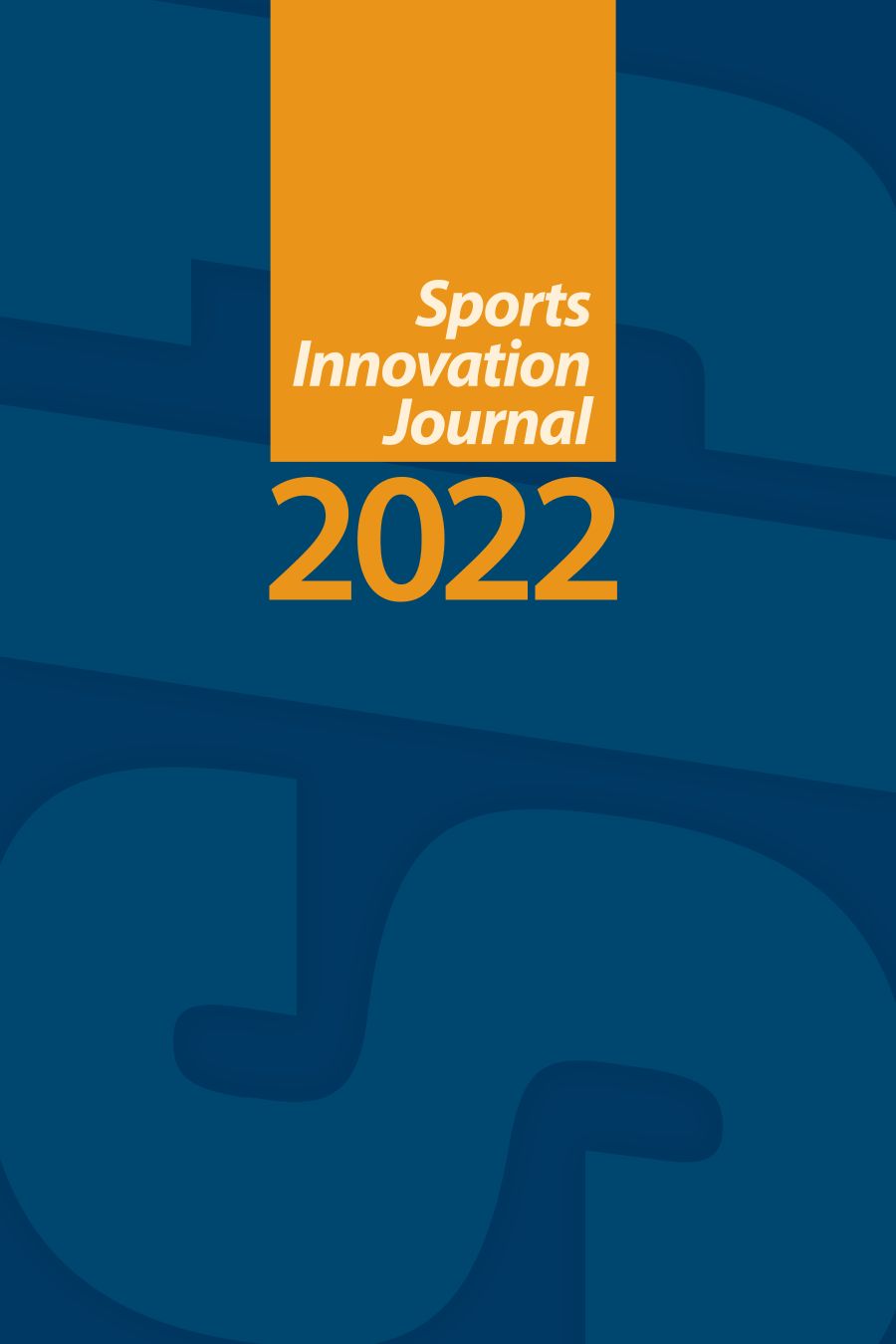Identifying Coach and Institutional Characteristics That Facilitate the Development of NCAA Wheelchair Basketball Programs
DOI:
https://doi.org/10.18060/26284Keywords:
Para Sport, Collegiate Sports, NCAA Sports, Wheelchair Basketball, adaptive sportsAbstract
Background: Despite national and institutional policies, American colleges do not currently provide student-athletes with disabilities equal access to sports opportunities. Disabled youth who wish to pursue their academic and athletic dreams in college thus have prohibitively limited options, even with popular American sports such as basketball.
Purpose: The purpose of this study was to identify characteristics and factors that may facilitate the development and perpetuation of collegiate wheelchair basketball programs in the United States.
Methods: Five qualitative interviews were conducted with coaches and/or program administrators of established college wheelchair basketball programs. Interviews were coded and analyzed to explore common themes.
Results: Thematic data analysis uncovered five common themes important to the development and maintenance of these programs: a) coach characteristics, b) actions to recognize and address equity, c) boosters, d) institutional barriers, and e) network effects.
Conclusion: These common factors are important in the development, sustainability, and longevity of college wheelchair basketball programs and should be considered by those interested in starting similar programs.
References
References
Beacom, A., & Golder, G. (2015). Developing disability sport: The case for a critical pedagogy. Journal of Sport for Development, 3(5), 71-88.
Cohen, J. (1960). A coefficient of agreement for nominal scales. Educ Psychol Meas, 20, 37–46. https://doi.org/10.1177/001316446002000104
Côté-Leclerc, F., Boileau Duchesne, G., Bolduc, P., Gélinas-Lafrenière, A., Santerre, C., Desrosiers, J., & Levasseur, M. (2017). How does playing adapted sports affect quality of life of people with mobility limitations? Results from a mixed-method sequential explanatory study. Health and Quality of Life Outcomes, 15(1), 22. doi:10.1186/s12955-017-0597-9. https://doi.org/10.1186/s12955-017-0597-9
Cottingham, M., Velasco, F., Laughlin, M., & Lee, D. (2015). Examination the size and scope of youth disability sport participation in the United States. National Collegiate Athletic Association.
Diaz, R., Miller, E.K., Kraus, E., & Fredericson, M. (2019). Impact of adaptive sports participation on quality of life. Sports Medicine and Arthroscopy Review, 27(2), 73–82. https://doi.org/10.1097/JSA.0000000000000242
Kraus, L. (2015). 2015 disability statistics annual report. Durham, NH: University of New Hampshire. https://disabilitycompendium.org/sites/default/files/user-uploads/2015%20Annual%20Report%20%28PDF%29.pdf
Larkin, B., Cottingham, M., & Pate, J. (2014). Exploring the legitimacy of wheelchair basketball as an NCAA emerging sport. Journal for the Study of Sports and Athletes in Education, 8(3), 168-185.
Longmuir, P. E., & Bar-Or, O. (1994). Physical activity of children and adolescents with a disability: Methodology and effects of age and gender. Pediatric Exercise Science, 6(2), 168-177.5. https://doi.org/10.1123/pes.6.2.168
Lundberg, N., Bennett, J., & Smith, S. (2011). Outcomes of adaptive sports and recreation participation among veterans returning from combat with acquired disability. Therapeutic Recreation Journal, 45(2), 105–120.
National Wheelchair Basketball Association. (n.d.). History: History of wheelchair basketball and NWBA. http://www.nwba.org/history
Shields, N., & Synnot, A. (2016). Perceived barriers and facilitators to participation in physical activity for children with disability: A qualitative study. BMC Pediatrics, 16, 9. https://doi.org/10.1186/s12887-016-0544-7
Team USA. (2021). Training sites. https://www.teamusa.org/Team-USA-Athlete-Services/Training-Sites
The Rehabilitation Act of 1973, 29 U.S.C. § 701 et seq. (1973).
Yoh, T., Mohr, M., & Gordon, B. (2008). Assessing satisfaction with campus recreation facilities among college students with physical disabilities. Recreational Sports Journal, 32(2), 106-113. https://doi.org/10.1123/rsj.32.2.106
Downloads
Additional Files
Published
Issue
Section
License
Copyright (c) 2022 Emily A. Rutland, Sakinah C. Suttirattana, Patrick Huang, Kimberly E. Ona Ayala, Kevin T. McGinniss, Yetsa A. Tuakli-Wosornu

This work is licensed under a Creative Commons Attribution 4.0 International License.
Copyright to articles published in Sport Innovation Journal is retained by the author(s).


